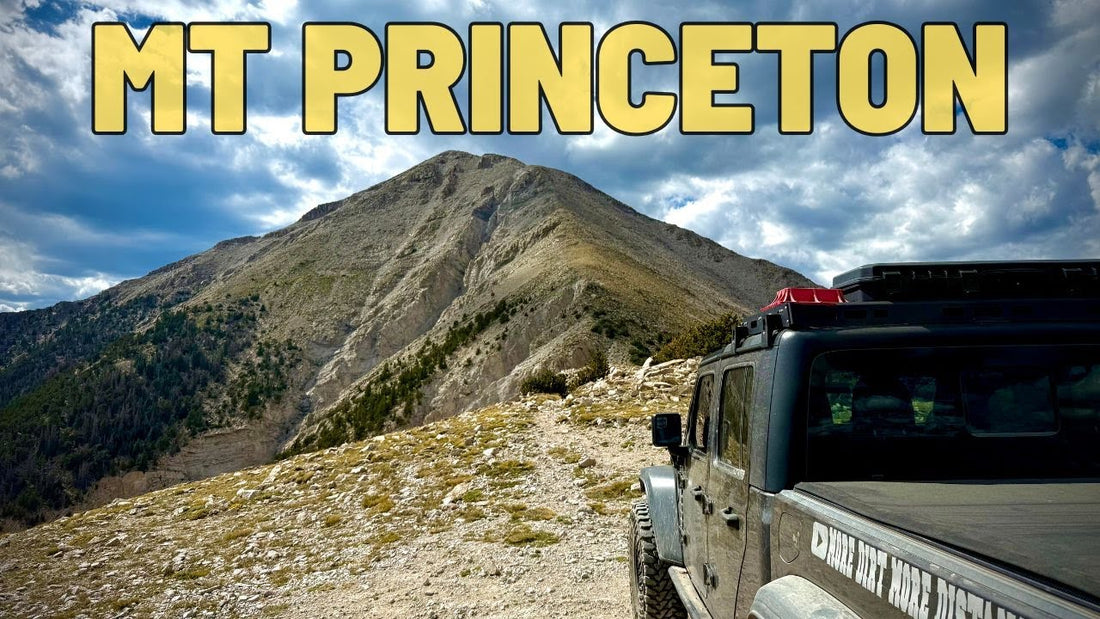
Conquering Mt. Princeton Trail: Jeep Gladiator vs. Colorado's Narrowest Trail!
Share
Conquering Mt. Princeton Trail: Jeep Gladiator vs. Colorado's Narrowest Trail!
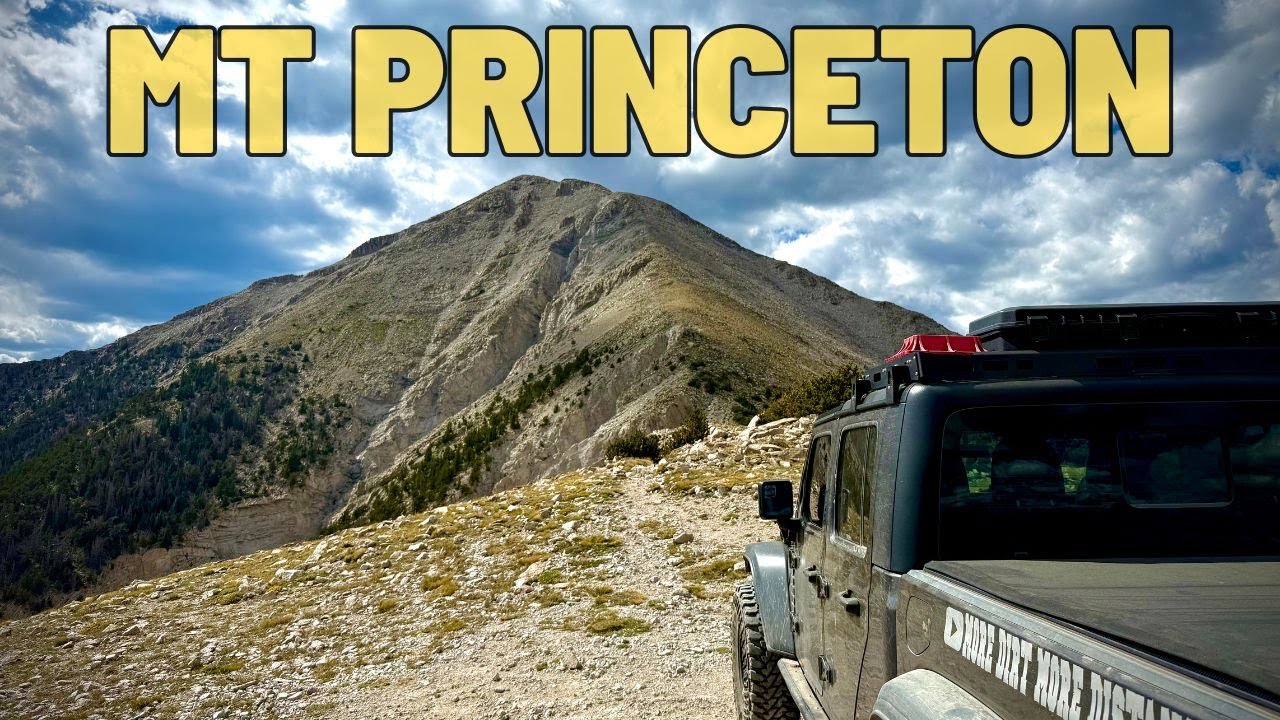
I'm the creator behind More Dirt More Distance, and in this write-up I want to give you a full, honest account of my run up the mt princeton trail in the Buena Vista area of Colorado. If you like practical trail information, candid gear and vehicle notes, and real-world campsite reconnaissance, this is the walkthrough for you. I drove my Jeep Gladiator (Django) up the trail, camped partway, and pushed to the top to scope the summit views and the state of the road so you can decide whether to attempt the mt princeton trail yourself.

Short preview: the mt princeton trail is rated "moderate" — not because of massive rock obstacles or huge ledges, but because the road is narrow, often one vehicle wide with steep drop-offs and very few pullouts. In other words, it’s less about technical rock crawling and more about exposure, good judgement, and vehicle control.
Table of Contents
- 🗺️ Trail overview — what "moderate" really means
- 🚙 Preparing for the drive — vehicle setup and mindset
- 🛣️ First impressions — the road to the campsites
- 🏕️ Campsites and where I stayed
- 🔧 Gladiator quirks and dealing with an intermittent electrical issue
- 🧭 Driving the upper trail — rocks, switchbacks, and exposure
- 🧭 Passing etiquette and dealing with oncoming traffic
- 🏔️ Summit views — why the effort is worth it
- 🧰 Gear checklist: what I recommend for mt princeton trail
- ❗ Safety reminders and final tips
- 🙋 Frequently Asked Questions (FAQ)
- 📌 Closing thoughts
🗺️ Trail overview — what "moderate" really means
When you read the rating "moderate" for the mt princeton trail, here's what that translates to on the ground: the surface is mostly washboard, rutted in places, and there are sections with steeper, looser rock and sand. The real challenge is the exposure — narrow stretches where the road runs tight along a steep hillside, and passing is limited to a handful of pullouts. I didn't encounter any huge boulder obstacles or technical challenges that required heavy modifications, so a stock vehicle with decent clearance can make it. Still, mental focus and a healthy respect for the edge make all the difference.
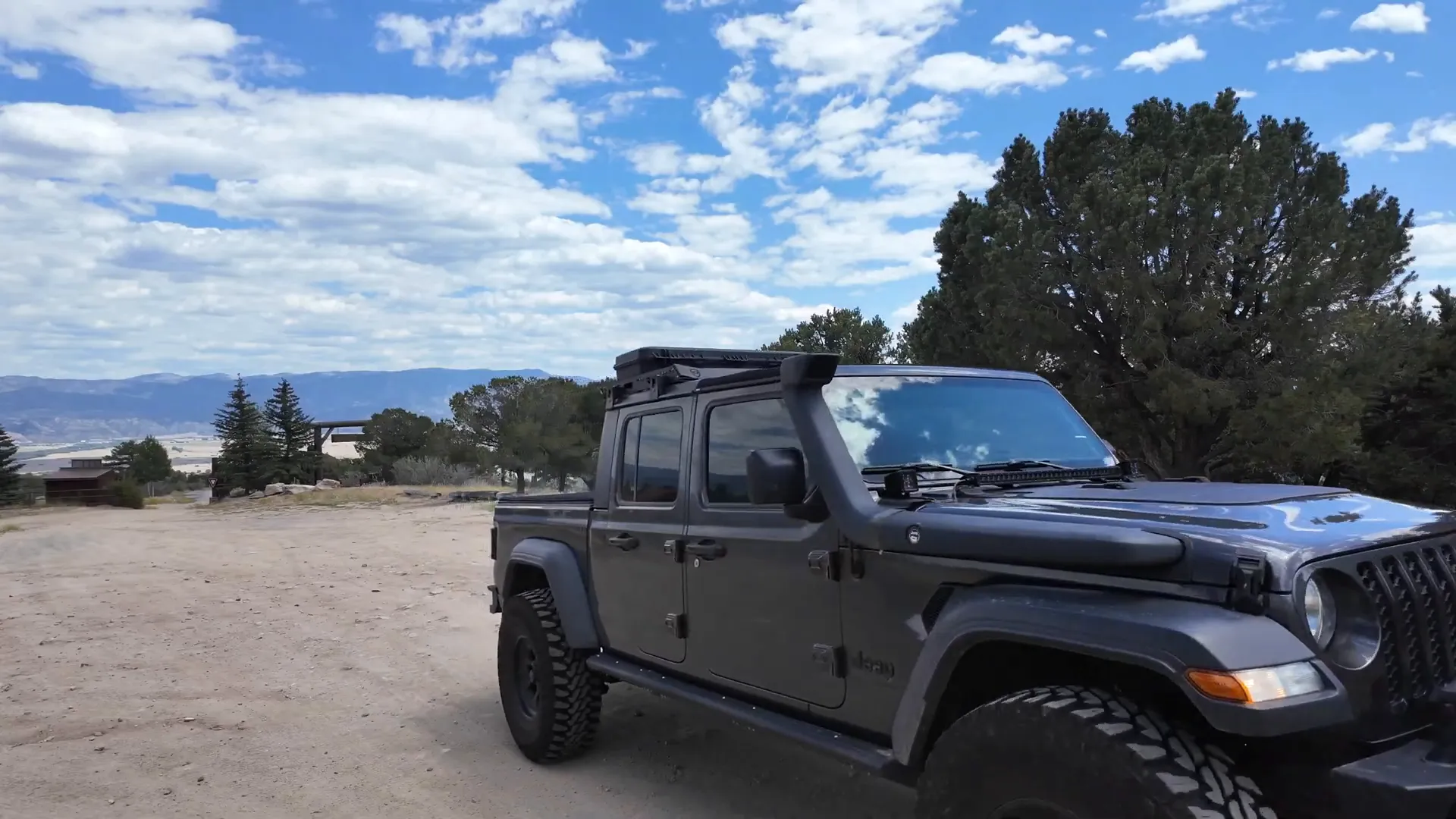
Key characteristics of the mt princeton trail:
- Mostly narrow, single-lane for long stretches
- Rutted areas and sections with larger ruts that could challenge low-clearance vehicles
- Steeper, rockier surface beyond the communication tower
- Some switchbacks and exposed sections with drop-offs
- Multiple primitive campsites near a communications tower — not formal developed sites
🚙 Preparing for the drive — vehicle setup and mindset
There are a few straightforward preparation choices that will make the mt princeton trail much more enjoyable and safe. I kept things relatively simple:
- I did not air down tires or disconnect sway bars for this run — the trail isn't technical enough to demand it in dry conditions.
- I drove deliberately; since the road is narrow, pacing yourself reduces the chance of getting stuck in a bad passing situation.
- I carried a basic set of recovery gear and tools — tow straps, gloves, a portable jack, and a few hand tools. Remember: self-reliance matters up here.
One more important point: be ready to handle vehicle quirks. My Gladiator has developed an intermittent electrical issue where it sometimes dies on start unless I fiddle with the battery cables. That meant I checked my connections, started a simple process of elimination by disconnecting accessories, and accepted that the trail might require some problem-solving on the fly. For you, if your vehicle has odd electrical behavior, sort that out before taking a route where turning around is tougher than it seems.
🛣️ First impressions — the road to the campsites
The first couple miles of the mt princeton trail are tame compared to the upper sections. Expect a well-traveled primitive road with a few ruts and occasional soft spots — nothing your average compact SUV couldn't handle. I actually saw a Honda CR-V on the way down, which confirmed that the lower part is accessible to stock vehicles.

On the lower half, the trail is shaded by trees at times and winds through nice views of the valley. A few things I noticed and recommend:
- Drive with low revs and steady momentum over the ruts — momentum helps prevent getting high-centered in deeper ruts.
- Watch for hikers — people sometimes hike the road itself, and they are incredibly hardcore if they’re walking from the valley up.
- When you see a vehicle stopped or people walking, give them space and do not rush a passing maneuver.
🏕️ Campsites and where I stayed
I planned to drive roughly halfway, set up camp, and hike the remainder the next day. The mt princeton trail offers a handful of primitive camping options clustered near a communication tower and slightly up the road from that point. These are not established campgrounds — think pullouts with fire rings, some flat spots for several tents, and limited privacy.
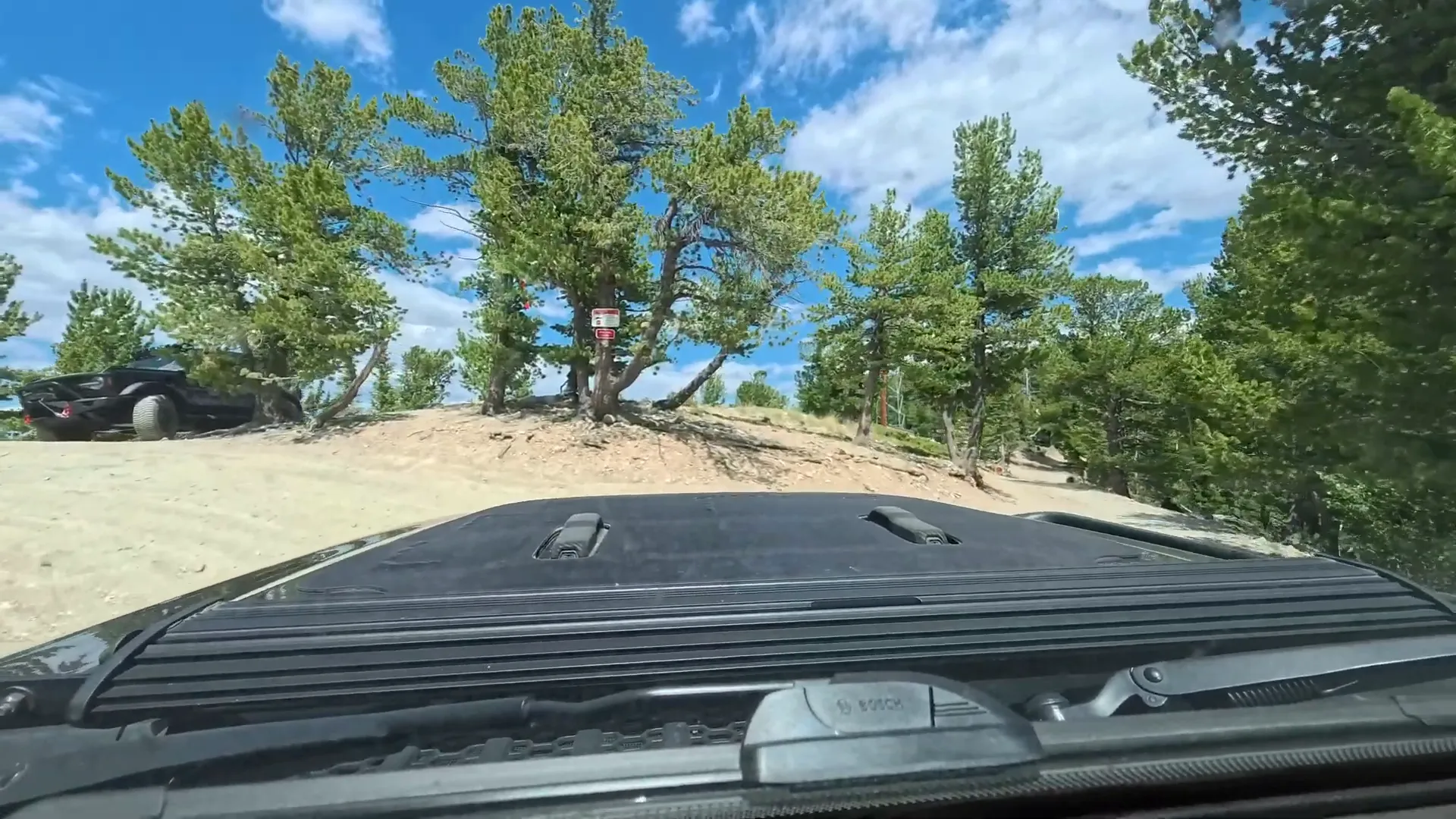
What I found:
- Several potential campsites within a few hundred feet of one another — some are flatter and more usable than others.
- The spot closest to the communication tower is quite steep and awkward, more of an emergency option than a comfortable camp.
- The best site I found fit 2–3 vehicles and had room for multiple tents and a couple of fire pits — that's where I set up for the night.
Tips for camping on mt princeton trail:
- Arrive early to secure a flat spot — evenings bring others, and parking options are limited.
- Use the flatter pullouts slightly further from the tower if possible.
- Pack out all trash and follow local fire restrictions — fire rings may exist, but conditions change rapidly at elevation.
- Keep an ear out for late arrivals — expect other visitors, sometimes arriving late, and be prepared to help guide someone into a tight spot if necessary.
🔧 Gladiator quirks and dealing with an intermittent electrical issue
I want to be transparent here: my run came with a little extra drama. My Gladiator has been acting up for a while — nothing catastrophic, but enough quirkiness to keep me on my toes. On this trip it showed an intermittent start/stop electrical issue. Sometimes the Jeep would crank up, other times it would cut off immediately when I hit the start button.
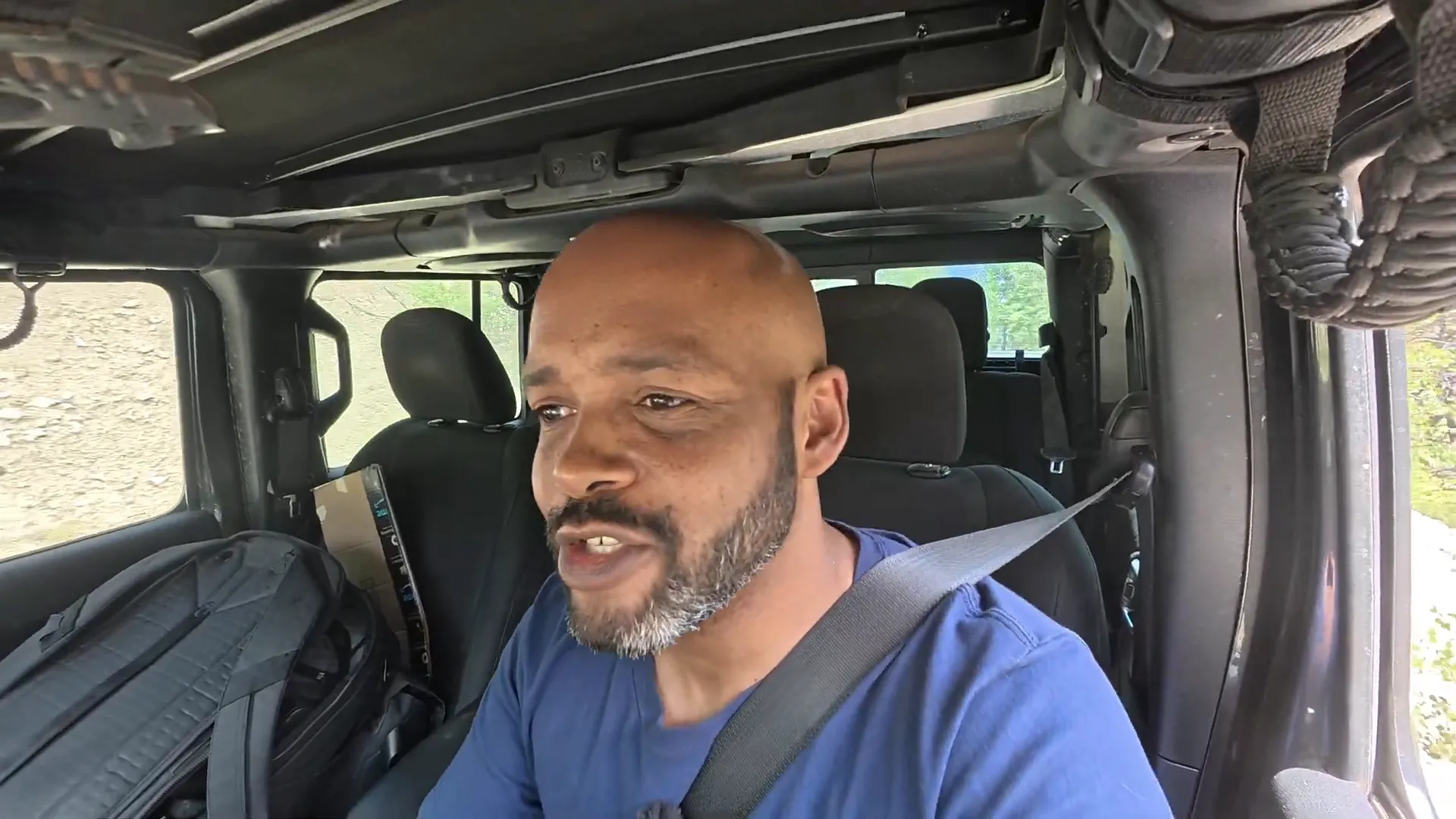
What I did and what I recommend if you run into similar symptoms:
- Check the obvious first: battery terminals, terminal tightness, corrosion, and the battery health.
- Try a controlled restart and test powering down accessories to see if anything on an auxiliary circuit is shorting out.
- Disconnect one accessory at a time (lights, fridges, aux batteries) to isolate a potential draw.
- Avoid leaving the vehicle in a precarious location if you suspect imminent failure — pick a flat, safe spot to test.
Why I didn't take it to the dealer immediately: electrical gremlins can be transient. Dealers can’t always replicate the failure and may keep your vehicle for a few days with an ambiguous diagnosis. Instead, I opted to do some simple on-trail troubleshooting (like reseating cable connections) so I could continue the trip with reasonable confidence.
🧭 Driving the upper trail — rocks, switchbacks, and exposure
Once you pass the communication tower area, the trail becomes more serious. The surface gets rockier, a bit steeper, and there are real exposed sections where the trees drop away and the slope beneath the road becomes visible. At that point I lowered my pace, switched to four-high initially, and then dropped into four-low when the trail demanded it.

Key driving notes:
- Use four-high for traction on rough packed rock and then four-low for low-speed control through loose rocks and steeper pitches.
- Gladiators have a decent turning radius for tight switchbacks, but longer rigs still need to plan their approach and possibly back up to reposition.
- Pick a line slightly away from the exposed edge when possible; stay calm and focus on a steady path — looking straight ahead helps reduce the fear of exposure.
- Loose rocks and sand mean you want low gearing and smooth throttle control to avoid wheelspin and loss of steering.
One memorable moment: while approaching the summit area I felt the vehicle momentarily pop out of gear — a rough, unsettling feeling when you're on exposed ground. Fortunately the Gladiator settled back into gear and I was able to continue, but these are the little moments that remind you to pick safe passing and camping locations.
🧭 Passing etiquette and dealing with oncoming traffic
The single-lane nature of much of the mt princeton trail makes passing etiquette and calm decision-making essential. I encountered both hikers and vehicles, and the encounters were almost always fine because people were patient. Still, here are some practical rules that helped:
- When you see someone coming the other way, communicate early (hand signals, flashlight, or waving) and pick a mutual pullout or wide section.
- If you must back up, pick a stable, wider section to reverse to — guided backing by someone outside the vehicle is helpful and reduces stress.
- Respect hikers: they may be coming down after a long day and can be fatigued; give them space and time.
- If you’re late in the day and see someone heading up with little gear, suggest they return and attempt the summit in the morning instead — it’s safer and more enjoyable.
One of the nicer moments on my run was when a driver got out and guided me backwards onto a good spot so we could pass each other without a scrape or a heart attack. That kind of trail camaraderie matters more than fancy rigs.
🏔️ Summit views — why the effort is worth it
If you make it to the top of the mt princeton trail, the payoff is excellent. The overlook offers clear views of Buena Vista and the valley below, and the sense of elevation on the narrow road adds to the reward. I parked, stepped out, and the view did not disappoint. From up top you can spot the ridge you’ll hike to if you decide to finish the summit on foot.
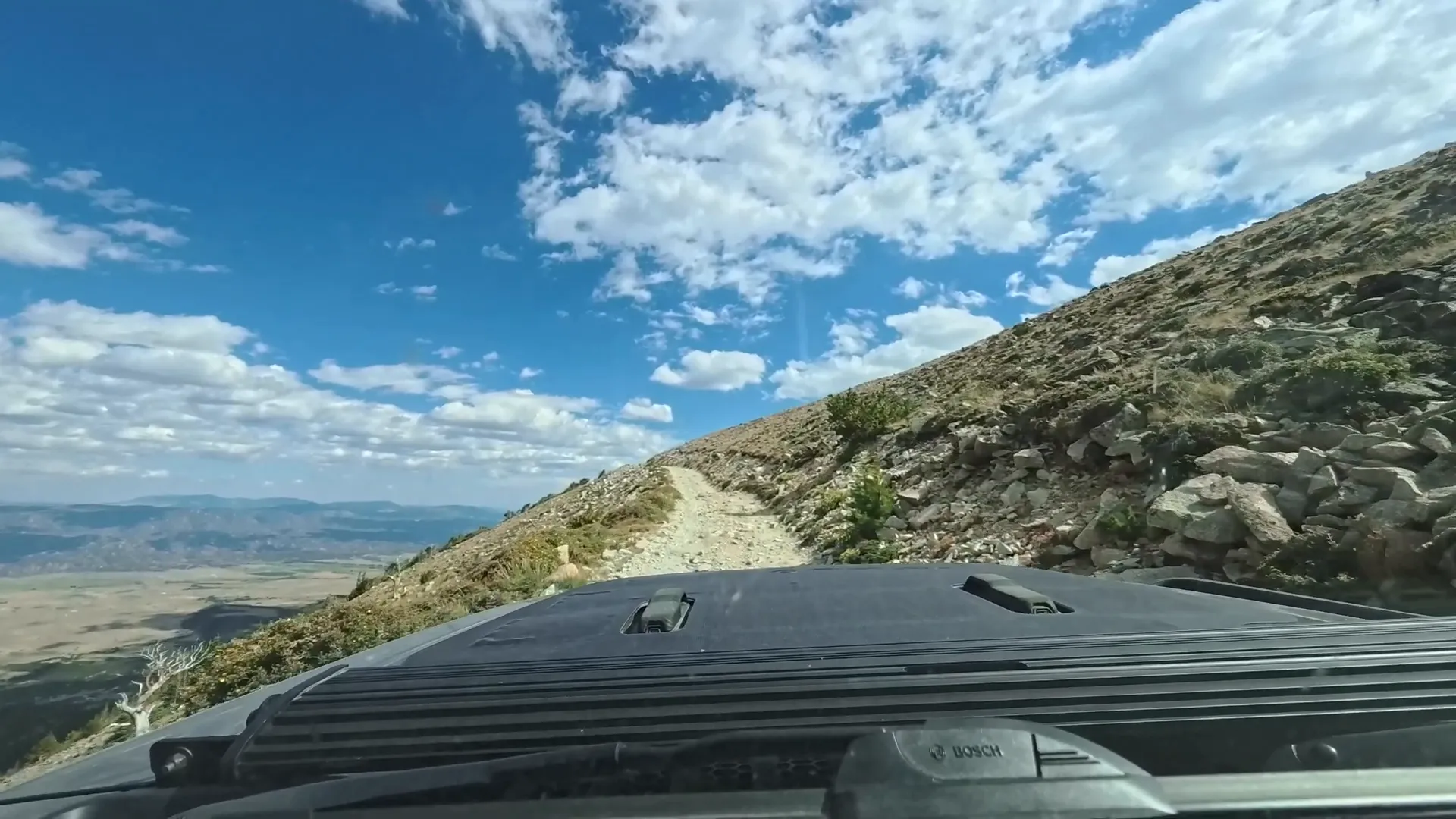
Observations from the summit:
- The trail looks intimidating from the valley, but most of the difficulty is psychological and related to exposure — it’s doable with good judgment.
- The rocks and ruts after the communication tower justify the "moderate" rating — they make the trail more interesting, but not necessarily technical.
- If you're planning to hike the ridge from the summit, start early in the day and bring the right gear — daylight matters on exposed ridgelines.
🧰 Gear checklist: what I recommend for mt princeton trail
Pack smart. Here’s a concise checklist I use for a run like this:
- Vehicle essentials: full tank, spare tire, jack, lug wrench, basic tool kit
- Recovery: tow strap, shackles, gloves (and know how to use them)
- Electrical checks: extra battery terminals/cleaner, insulated pliers (for on-the-spot testing)
- Camping: tent, sleeping bag rated for expected temps, stove, water (don’t assume water sources)
- Navigation & safety: map, GPS, headlamp, first-aid kit, whistle
- Hiking extras if summiting: trekking poles, boots, layered clothing, sun protection
❗ Safety reminders and final tips
In the spirit of real-world advice from my run up the mt princeton trail, here are the top safety reminders:
- Don’t attempt the summit late in the day; plan to hike early or drive up and camp before you push higher.
- Keep speeds slow on exposed sections and pick lines that keep you away from the cliff edge.
- If you encounter someone who needs guidance about backing or turning, help them — good trail etiquette goes a long way.
- Watch for hikers on the road; someone carrying very little gear and trying to summit late may need a nudge to turn back and try in the morning.
- Weather at elevation can change quickly — be prepared for wind, cold, and quick storms even if the valley is calm.
🙋 Frequently Asked Questions (FAQ)
How long is the mt princeton trail drive and how much time should I allocate?
The drive from the trailhead to the summit pullout area is a few miles — plan on a half-day trip if you intend to take breaks, scout campsites, and enjoy the views. If you're camping halfway and hiking the final ridge, make it an overnight or full-day plan. I set up camp, drove the last few miles to recon the summit, and that timeline worked well.
Do I need a 4x4 or any vehicle modifications to run this trail?
Four-wheel drive is helpful, especially for the upper portions after the communication tower where the surface gets rockier and steeper. However, the lower sections are passable by many stock SUVs. If you're in a two-wheel-drive vehicle, be cautious of the ruts and loose rock. Accessories like lifted suspension or disconnecting sway bars are not required for normal, dry conditions.
Are there formal campsites or services on the trail?
There are primitive campsites near the communication tower and a few pullouts further up. These are not formal developed campgrounds — expect simple fire rings and crude parking. There are no services, so bring water, food, and pack out all trash.
What's the best strategy if I meet oncoming traffic on a narrow section?
Communicate early, choose the wider or more stable spot for one vehicle to back into, and, if possible, have someone outside the vehicle guide the maneuver. Be patient — a few minutes of careful backing beats a risky pass.
Is the mt princeton trail dangerous?
“Danger” is relative. The trail isn't filled with massive technical obstacles, but the exposure and narrowness create risk. If you drive within your limit, prepare for the road, and respect the drop-offs, it's a manageable and rewarding route. The key is good judgement and being ready to back up to a safe spot if necessary.
When is the best time of year to hit the mt princeton trail?
Late spring through early fall is ideal. Snow and early-season runoff can make the road much more difficult or impassable. Check local conditions before you go, and be ready for cooler nights at altitude when camping.
📌 Closing thoughts
I enjoyed my day on the mt princeton trail. It strikes a nice balance between accessible adventure and exposed driving that keeps you on your toes. The trail is a perfect half-day outing if you want a scenic drive with a campsite and the possibility of a summit hike. My Gladiator had a few electrical quirks, but that’s part of owning an adventurous rig — I prefer troubleshooting on the trail to losing out on the experience.
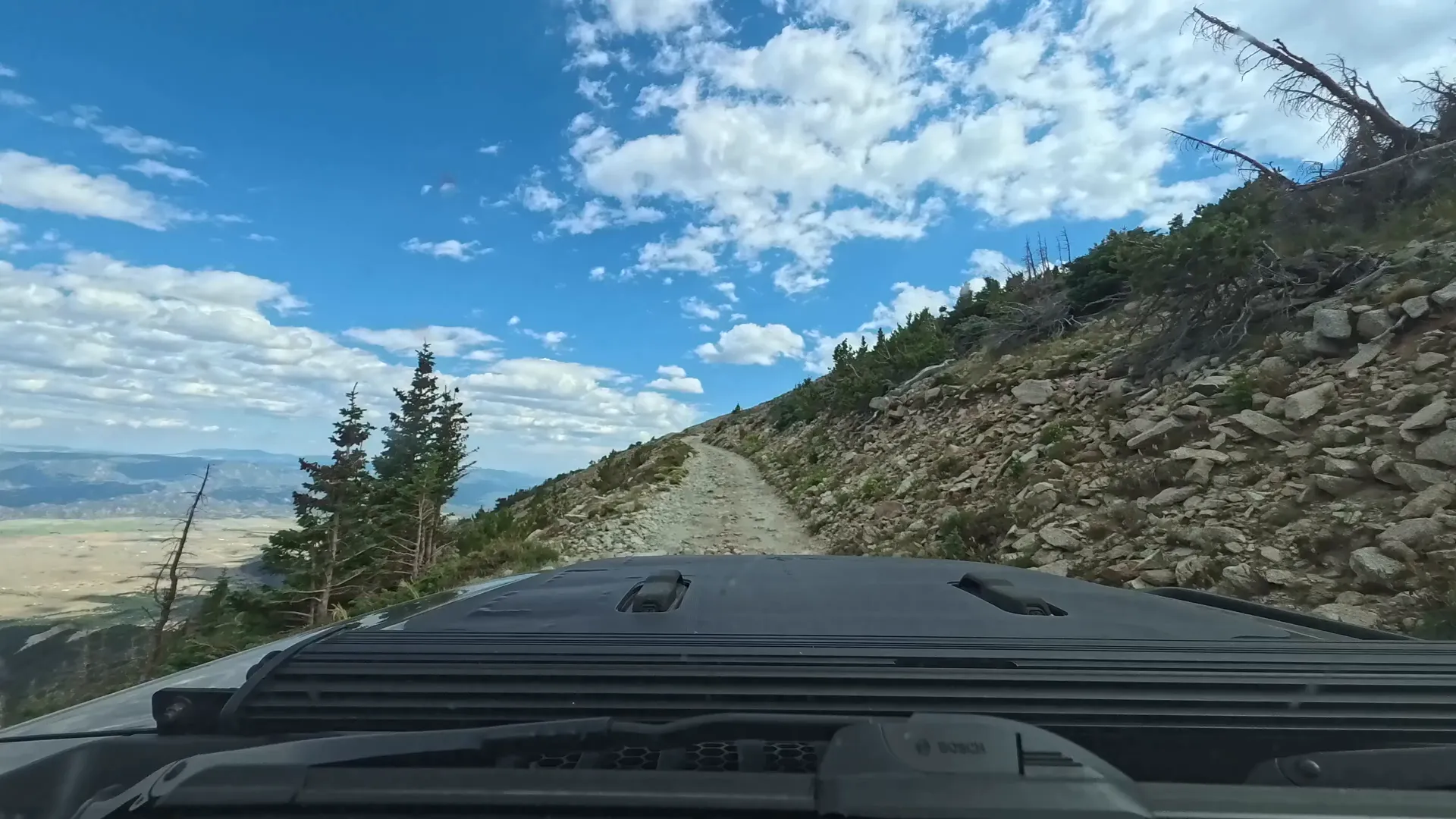
If you plan to try it, go with a clear plan: check your vehicle, arrive early, respect other trail users, and pick a campsite before the light fades. And remember — the view from the top makes it all worth it. Happy trails, and drive safe out there.
